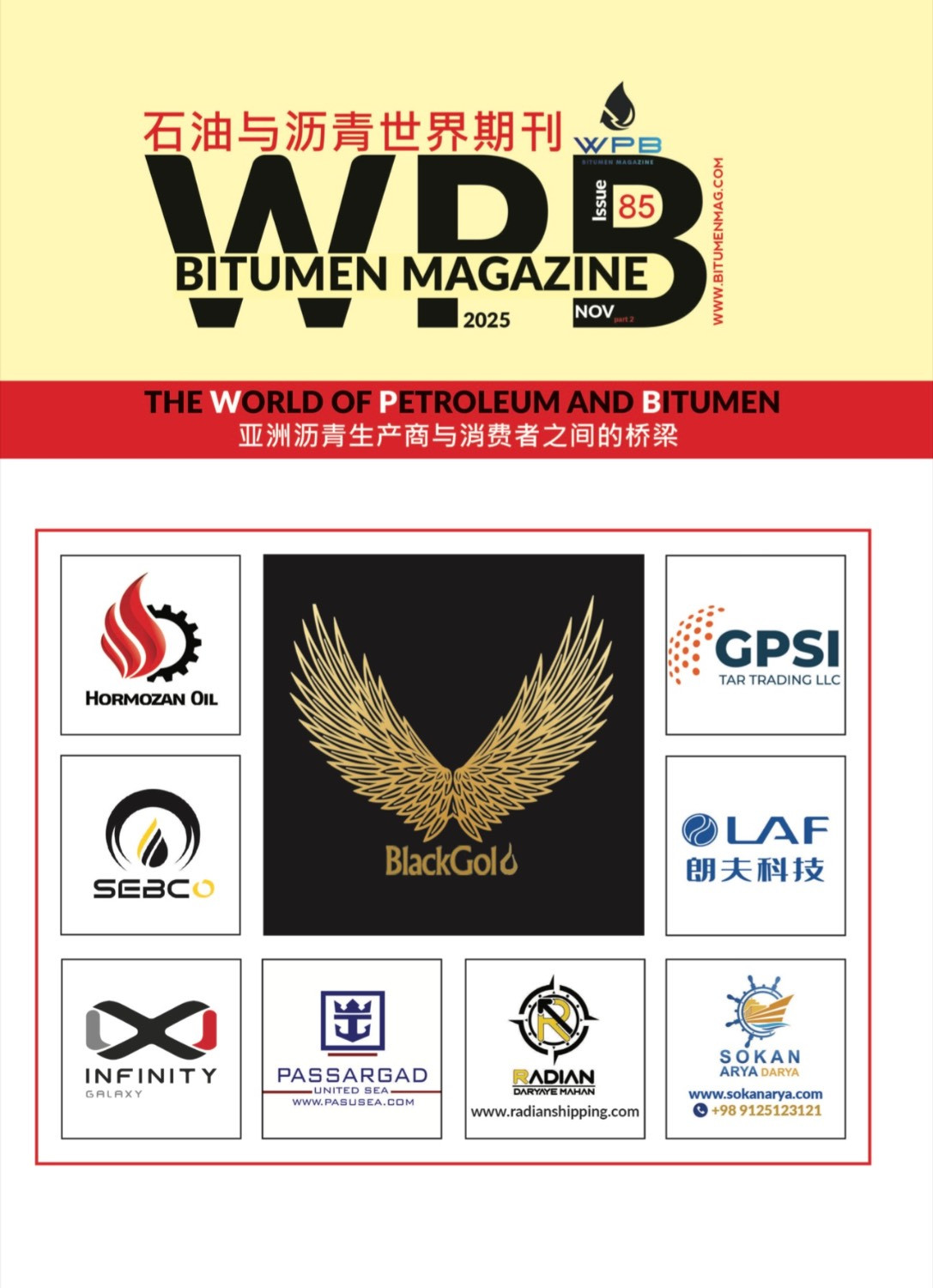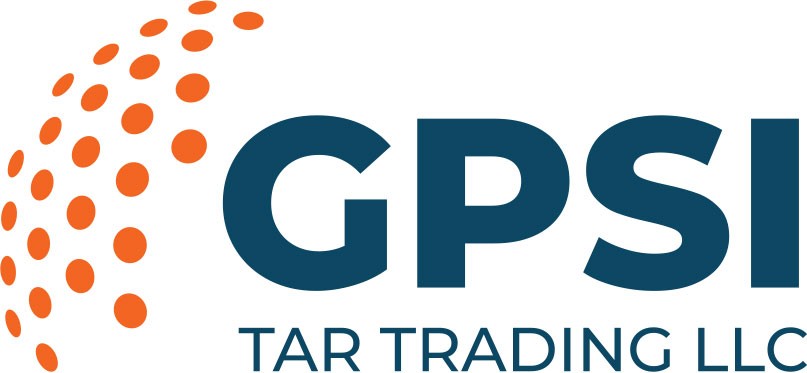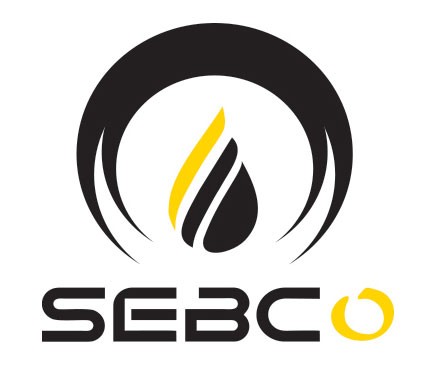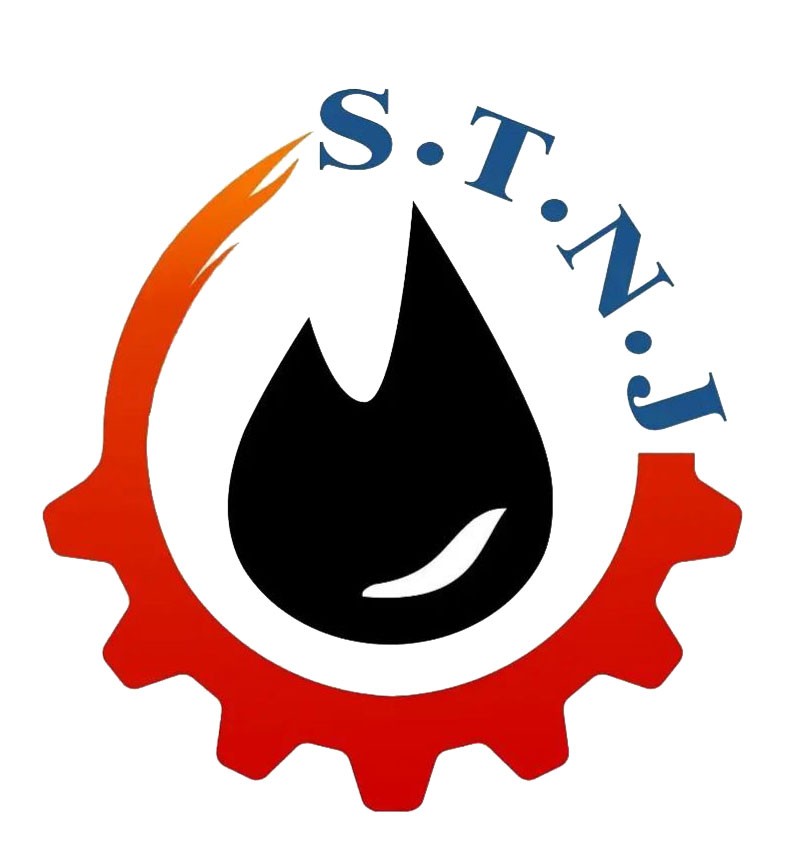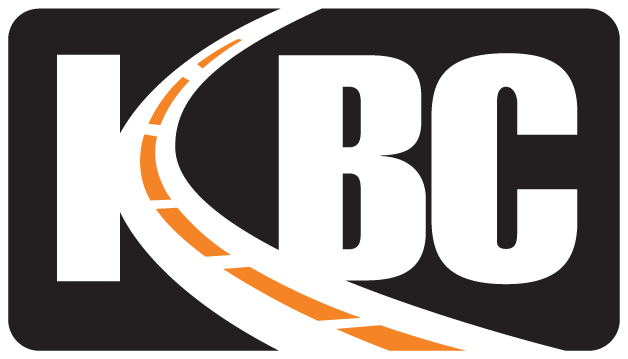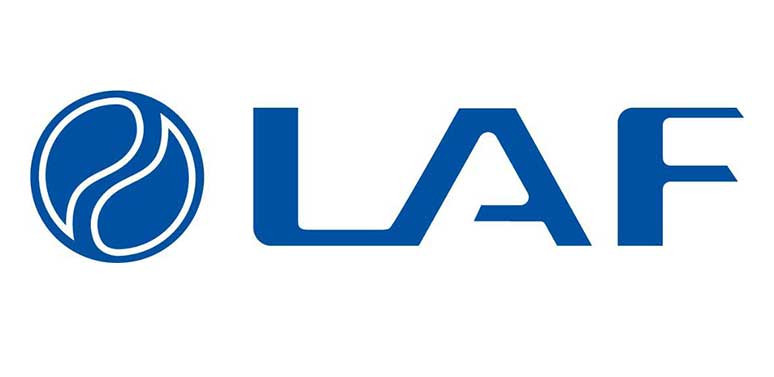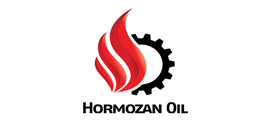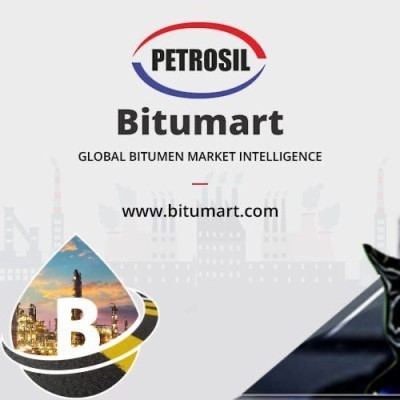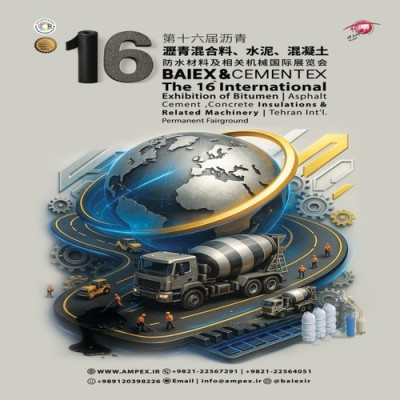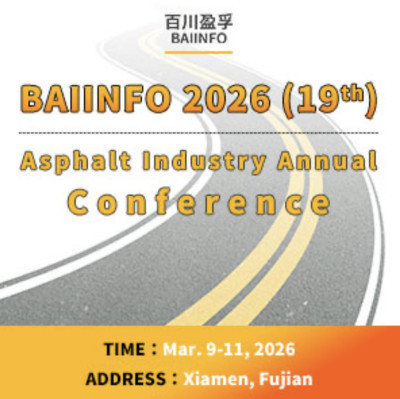At WPB, we are pleased to deliver an all-inclusive update on the bitumen market in Sri Lanka over the span of 2024-25. In a landscape marked by macro-economic constraints, logistical challenges and evolving infrastructure demands, Sri Lanka’s bitumen sector is navigating a phase of cautious recovery, structural adaptation and emerging opportunities. Our data suggest this is a pivotal moment for suppliers, distributors and project stakeholders to recalibrate strategies and capture value.
Market Volume & Import Trends
By September 2024, Sri Lanka had already imported approximately 112,000 metric tonnes of paving-grade bitumen.
We estimate the full year 2024 total at roughly 140,000-145,000 t, representing modest growth compared to previous years, but meaningful relative to the challenging environment.
For 2025, WPB forecasts growth of around 10%, projecting that import volumes may reach ~155,000-160,000 t, assuming infrastructure funding and procurement mechanisms remain stable.
Import‐dependence remains high: WPB modelling calculates that over 85% of all bitumen consumed in Sri Lanka is imported, underscoring the reliance on foreign supply and sensitivity to origin, freight and logistics.
Geographical Sourcing & Supply‐Chain Evolution
Over the past 18 months, procurement patterns in Sri Lanka have shifted:
Suppliers from the Middle East (particularly UAE, Oman and Iran) and South Asia (India, Bangladesh) feature increasingly in shipment origin portfolios.
Freight cost and transit reliability are now critical differentiators: WPB analysis shows landed cost spreads of USD 20-30/tonne between shortest‐route Middle East origins and longer South-East Asia origins.
Suppliers with flexible scheduling, "just-in-time" (JIT) delivery options and multi-origin capability are outperforming those with single-source models.
Domestic logistics bottlenecks (storage, port handling, inland transport) now contribute approximately 18-20% of total landed cost of bitumen in Sri Lanka — a significant increase from 10-12% in 2018–19, according to WPB cost modelling.
Product Mix & Technical Trends
The product landscape can be segmented into two primary categories:
1. Commodity paving grades – Conventional bitumen, primarily penetration grades 60/70 and 80/100, dominate routine road-maintenance and resurfacing work. These products account for roughly 70-80% of volume in non-specialist contracts.
2. Performance/modified binders – A growing niche (~15-20% of current tender volume) is shifting toward Polymer-Modified Bitumen (PMB), very-low-penetration binders, and other additives for durability, rut-resistance and extended service life. WPB’s tender-database indicates that in the calendar-year 2025, more than 30% of major highway contracts specify PMB or “high-performance binder” in their technical documents.
Market implication: Suppliers who can offer both a cost-effective commodity grade and a premium performance grade (with certification, technical support and local engineering interface) will gain competitive advantage.
Infrastructure Demand & End-Use Drivers
Key demand drivers in Sri Lanka’s bitumen market include:
Road rehabilitation – Given ageing pavements and monsoon damage, maintenance programmers provide steady recurring demand.
New highway/expressway projects – Though fewer than in regional neighbors, Sri Lanka has several high-spec corridors planned, which elevate demand for premium binders.
Port and airport pavement upgrades – These projects increasingly require high-performance bitumen, creating entry points for suppliers.
According to WPB’s market impact analysis, delays or cost‐escalation in bitumen procurement can materially affect project scope — for example, a 5% increase in bitumen landed cost correlates to postponement of ~30 km of planned roadworks in a given fiscal year.
Marketing & Commercial Strategy Insights
From a go-to-market perspective, WPB recommends the following strategic priorities:
Dual-tier offering – Maintain competitive pricing for high-volume commodity grades while positioning premium binders (PMB) with value messaging around durability, lower life-cycle cost and reduced maintenance.
Logistics as a value-add – Offer bundled services (port handling, inland storage, drum or bulk supply, JIT delivery) to reduce buyer risk and enhance reliability. In Sri Lanka’s context, reliability often trumps marginal price differences.
Supplier diversification – Don’t rely on single origin; fragmentation of supply reduces risk of disruption and strengthens buyer confidence.
Local partnerships and certification – Secure relationships with major local importers/distributors whose networks dominate ~60% of market volume; provide documentation (lab test reports, origin certificates) and engage in technical support/training to differentiate.
Lifecycle-based selling – For premium binders, shift conversation from “cost per ton” to “total cost of ownership” (durability, maintenance reduction, long‐term pavement performance) to appeal to project owners and consultants.
Risk Factors & Mitigation
Key risks include:
Currency/FX volatility – Sri Lanka’s foreign‐currency exposure may affect importer liquidity and payment terms.
Freight & logistics disruption – Route disruptions, carrier availability, port congestion and storage limitations can all erode margin and delivery reliability.
Project funding delays – As infrastructure spending is often contingent on external loans/grants, delays can ripple into lower offtake.
Regulatory changes – Import tariffs, certification standards and licensing conditions may evolve; suppliers must monitor policy environment.
WPB advises active risk‐monitoring, flexible contract terms and strategic buffer inventory to mitigate these challenges.
In conclusion, Sri Lanka’s bitumen market in 2024-25 presents a compelling albeit modest growth opportunity. While total volumes remain small compared to larger Asian markets, the combination of infrastructure demand, import-dependence and premium product transition offers a strategic gateway for agile suppliers.
WPB projects ≈10% growth in 2025, assuming stable procurement and logistics conditions. Suppliers who align price competitiveness with supply reliability and product differentiation will emerge as market leaders. For distinguished performance, those who invest in premium binder supply (PMB) and integrated logistics will set the benchmark.
By WPB
Bitumen, Sri Lanka, Market

